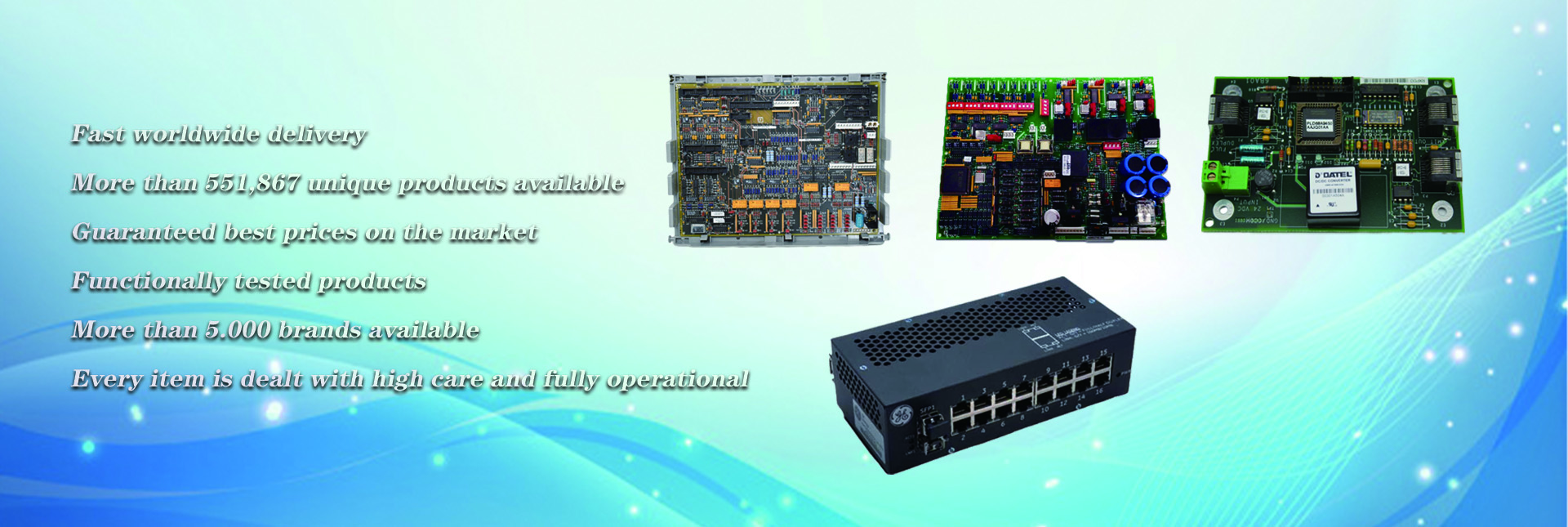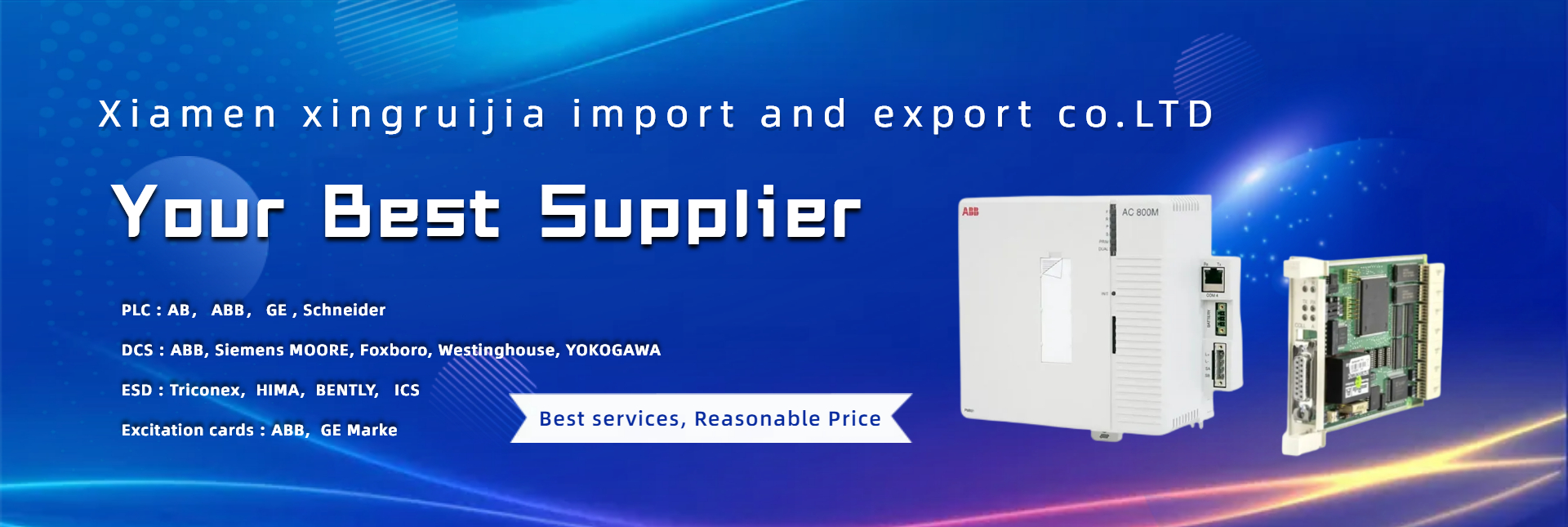Nowadays, TFT-LCD liquid crystal displays or liquid crystal displays have become a popular choice for various applications. However, LCD displays can be divided into two categories: industrial grade and consumer grade.
Although both types of displays can provide excellent display quality, their designs are different. Industrial grade LCD displays are typically deployed in factories, outdoor information kiosks, digital signage, military and naval applications, food processing, and hospitals. On the other hand, consumer monitors are commonly used in office and home environments. Here are some comparisons between these two types of LCD displays:
durability
As industrial LCD displays are designed for harsh and rugged application environments, you can expect these displays to have better durability than consumer grade displays. This is one of the primary factors distinguishing between industrial grade and consumer grade LCD displays. This includes resistance to impact, vibration, and temperature changes. Some industrial grade LCD displays also comply with various standards such as NEMA and IP rating, and have waterproof and dust-proof protection functions. Therefore, even if it is immersed in water, industrial LCD displays have specific protective measures.
readability issues
Although consumer LCD displays are still clearly visible under normal lighting conditions, the situation is different when placed outdoors in direct sunlight. When used outdoors, you may find that the screen is black or appears dull. There are some ways to solve this problem with industrial displays. If you want to ensure screen visibility, especially in outdoor applications, the readability function under sunlight is one of the options for integrating high brightness LCD screens as an accessory to industrial displays. This type of LCD display has high brightness and contrast, which can provide better readability.
Customized design
By using consumer LCD displays, you can obtain standard configurations provided by specific brands and product models. However, when using industrial LCD displays, you can customize according to your own specifications. This can ensure that the device meets the requirements of any application. This includes size and various features you wish to integrate, such as touch screen functionality, display quality, screen resolution, wide viewing angle, and wide operating temperature.
High end components
Another advantage of industrial displays is the use of industrial grade components. This type of product is more durable and can withstand challenging conditions such as extreme temperatures, impacts, and vibrations. Better components can also improve image quality and overall device performance. At the same time, the quality of components used in consumer LCD displays is average, especially mid-range components, as they are typically deployed in office and home environments.
Installation Options
Consumer LCD displays are usually placed on computer desks, while industrial LCD displays offer various installation options according to application requirements. This includes standard installation, rack installation, panel installation, embedded installation, and wall installation options. In addition, industrial LCD displays typically have installation connections that comply with VESA standards to supplement standard industrial installation equipment, while consumer grade displays mostly do not comply with VESA standards, so you may need special optional mounting brackets to be compatible with other installation options.
Better product warranty
Consumer LCD displays purchased from retail stores typically have a warranty period of 6 months to 1 year. After the warranty period, if the monitor is damaged and needs to be repaired, it must be paid for at its own expense. For industrial LCD displays, the warranty period is generally 3 years. Therefore, if there are any issues with the monitor, the supplier will be responsible for repairing or even replacing the equipment.
Post time: Jun-17-2024


